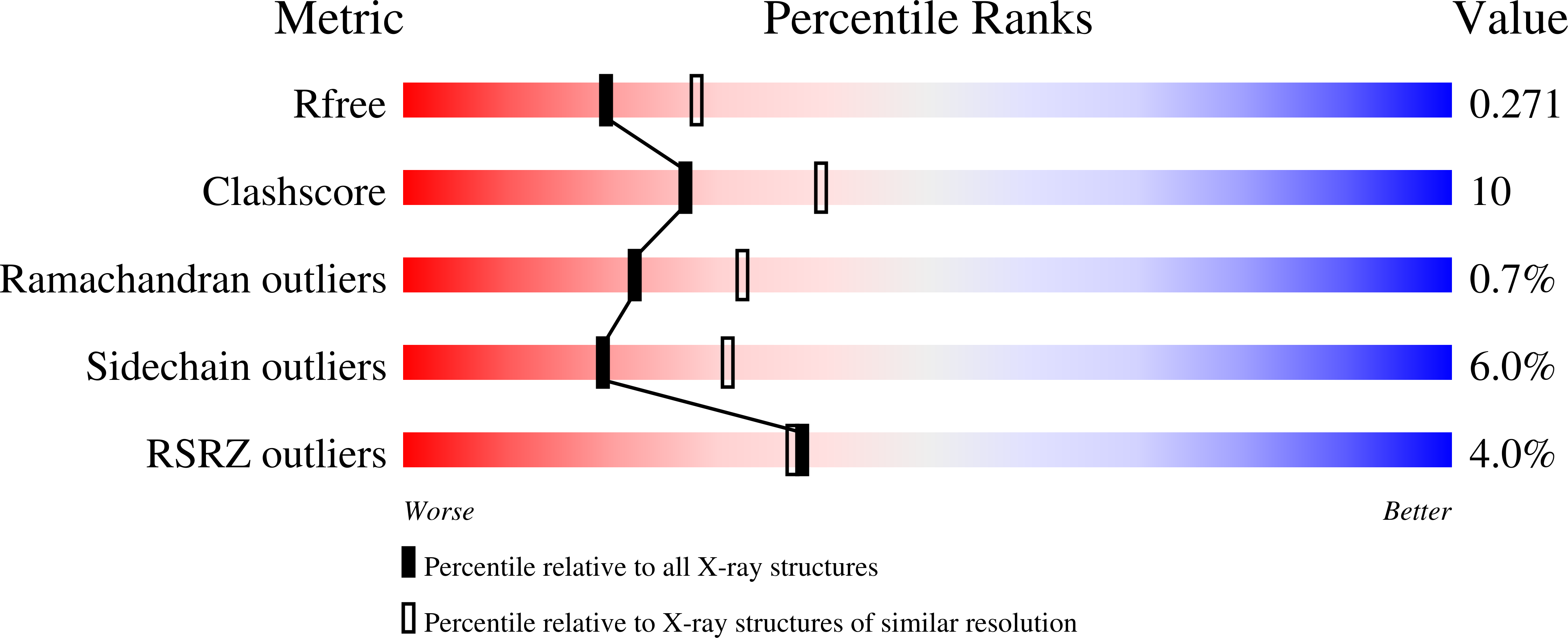Crystal structure of soluble MD-1 and its interaction with lipid IVa.
Yoon, S.I., Hong, M., Han, G.W., Wilson, I.A.(2010) Proc Natl Acad Sci U S A 107: 10990-10995
- PubMed: 20534476
- DOI: https://doi.org/10.1073/pnas.1004153107
- Primary Citation of Related Structures:
3MTX, 3MU3 - PubMed Abstract:
Lipopolysaccharide (LPS) of Gram-negative bacteria is a common pathogen-associated molecular pattern (PAMP) that induces potent innate immune responses. The host immune response against LPS is triggered by myeloid differentiation factor 2 (MD-2) in association with Toll-like receptor 4 (TLR4) on the cell surface. The MD-2/TLR4-mediated LPS response is regulated by the evolutionarily related complex of MD-1 and Toll-like receptor homolog RP105. Here, we report crystallographic and biophysical data that demonstrate a previously unidentified direct interaction of MD-1 with LPS. The crystal structure of chicken MD-1 (cMD-1) at 2.0 A resolution exhibits a beta-cup-like fold, similar to MD-2, that encloses a hydrophobic cavity between the two beta-sheets. A lipid-like moiety was observed inside the cavity, suggesting the possibility of a direct MD-1/LPS interaction. LPS was subsequently identified as an MD-1 ligand by native gel electrophoresis and gel filtration analyses. The crystal structure of cMD-1 with lipid IVa, an LPS precursor, at 2.4 A resolution revealed that the lipid inserts into the deep hydrophobic cavity of the beta-cup-like structure, but with some important differences compared with MD-2. These findings suggest that soluble MD-1 alone, in addition to its complex with RP105, can regulate host LPS sensitivity.
Organizational Affiliation:
Department of Molecular Biology, The Scripps Research Institute, La Jolla, CA 92037, USA.

















